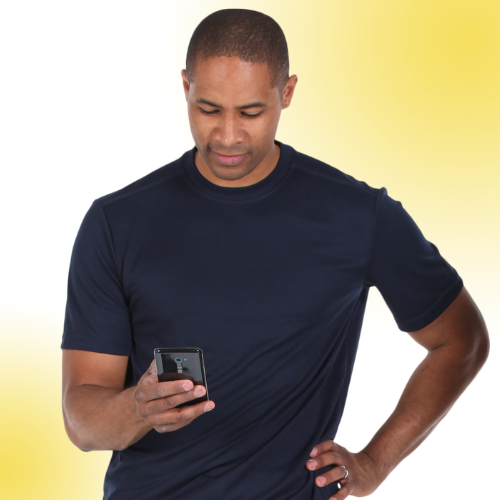
How the Inversion Method for Beard Growth Works
The inversion method for beard growth usually means lowering your head below your heart for a few minutes a day - some guys do headstands, others just lean off the side of the bed.
Plenty of online posts claim it can boost beard growth by an inch in a week, but those stories come from forums and blogs - not from doctors or research.
Plenty of online posts claim it can boost beard growth by an inch in a week, but those stories come from forums and blogs - not from doctors or research.











